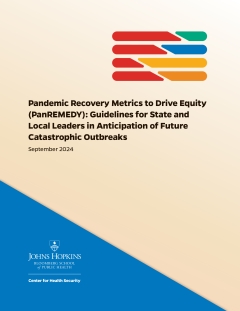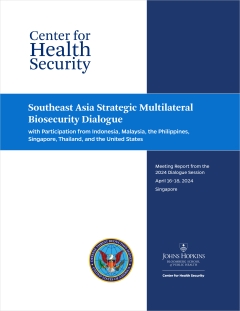
Our Work
Publications
Our publications keep professionals informed on the most important developments and issues in health security and biosecurity.
Showing 21 - 40 of 353 results


